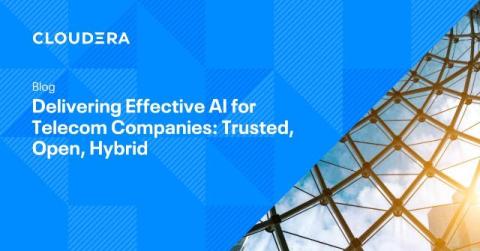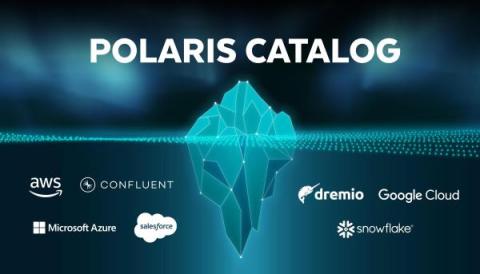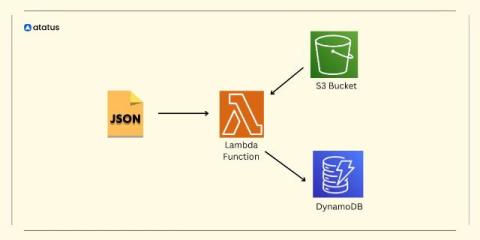Simplified End-to-End Development for Production-Ready Data Pipelines, Applications, and ML Models
In today’s world, innovation doesn’t happen in a vacuum; collaboration can help technological breakthroughs happen faster. The rise of AI, for example, will depend on the collaboration between data and development. We’re increasingly seeing software engineering workloads that are deeply intertwined with a strong data foundation.











